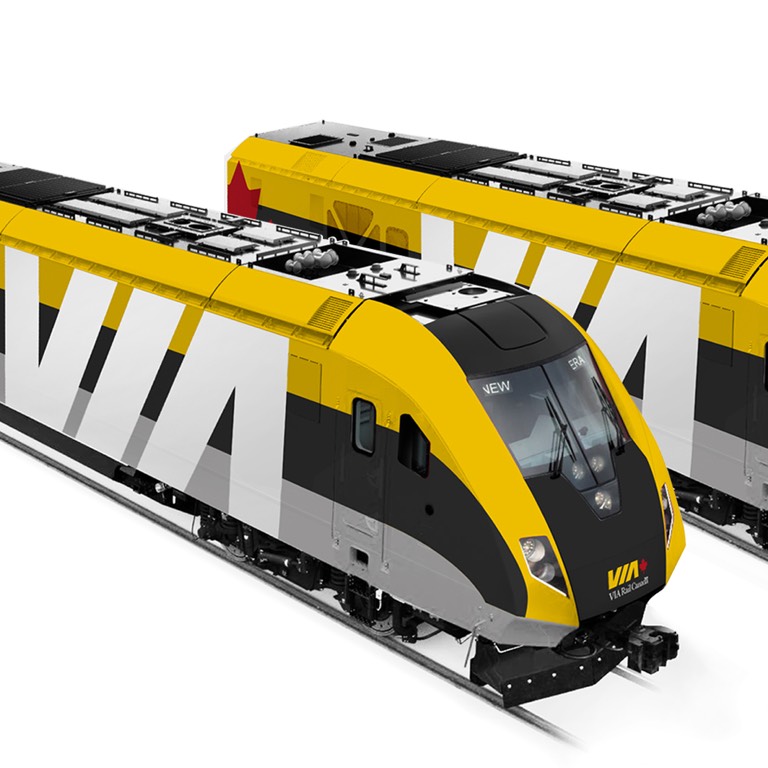SaugeenJunction
Senior Member
I was doing some digging and found this interesting page from Systra Canada which provides an overview of HFR work that they conducted.
Here is an overview:
Here is an overview:
The specific services provided by SYSTRA Canada were as follows:
- Review of previous studies;
- Evaluation of the ridership;
- Assessment of technical-economic options;
- Financial Modeling;
- Risk assessment;
- Preparation of a Business Plan;
- Preliminary Environmental Impact Assessment to determine environmental and social considerations during construction;
- Definition of Design Criteria;
- Field Investigations and determination of upgrade requirements including:
- Surveying services;
- Geotechnical investigations;
- Bridge & Culvert inspections;
- Track inspections;
- Level Crossing inspections;
- Assessment of electric and diesel locomotive options;
- Evaluation of optional electrification costs;
- Preliminary CTC (Centralized Traffic Control) arrangement;
- Evaluation of the impacts associated with Utilities;
- Relocation of existing Multi-User trail;
- Preliminary arrangement of Passenger Stations;
- Alignment optimization;
- Preparation of an operations plan;
- Preparation of a Track Schematic;
- Simulation of cycles times for the optimized route;
- Evaluation of the use of Sidings vs Passing Tracks;
- Re-optimization of the alignment to ease tight curves;
- Evaluation of legal considerations and estimation of land acquisition;
- Determination of cut and fill volumes required during the project;
- Preparation of a drawing package including: plans, condensed profile, typical details, preliminary bridge design, earthworks, cross sections, etc.;
- Preparation of Performance Specifications for the Design-Build process;
- Evaluation of material type and minimum material requirements needed for the rail foundation as well as quantities for each rail component;
- Preparation of a preliminary Bill of Quantities;
- Development of Phasing, Construction planning and strategy;
- Evaluation of Capital Expenses;
- 20% level engineering Study of the Quebec-Montreal Corridor.






